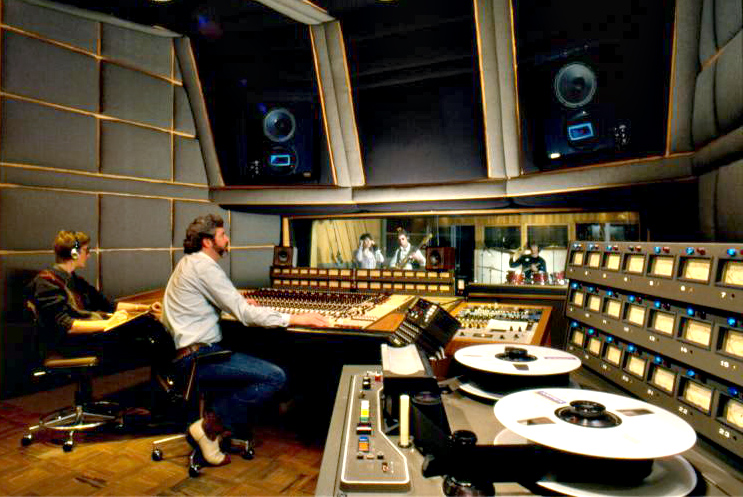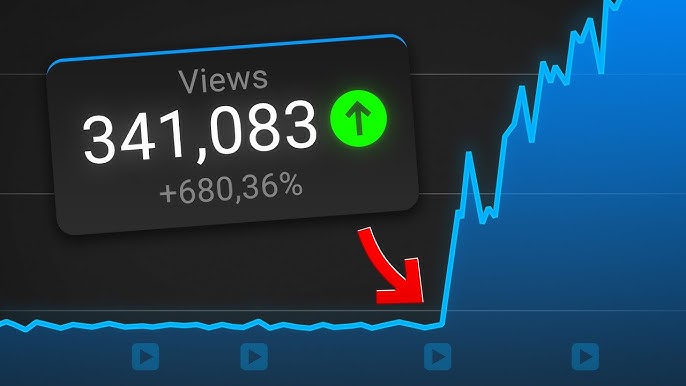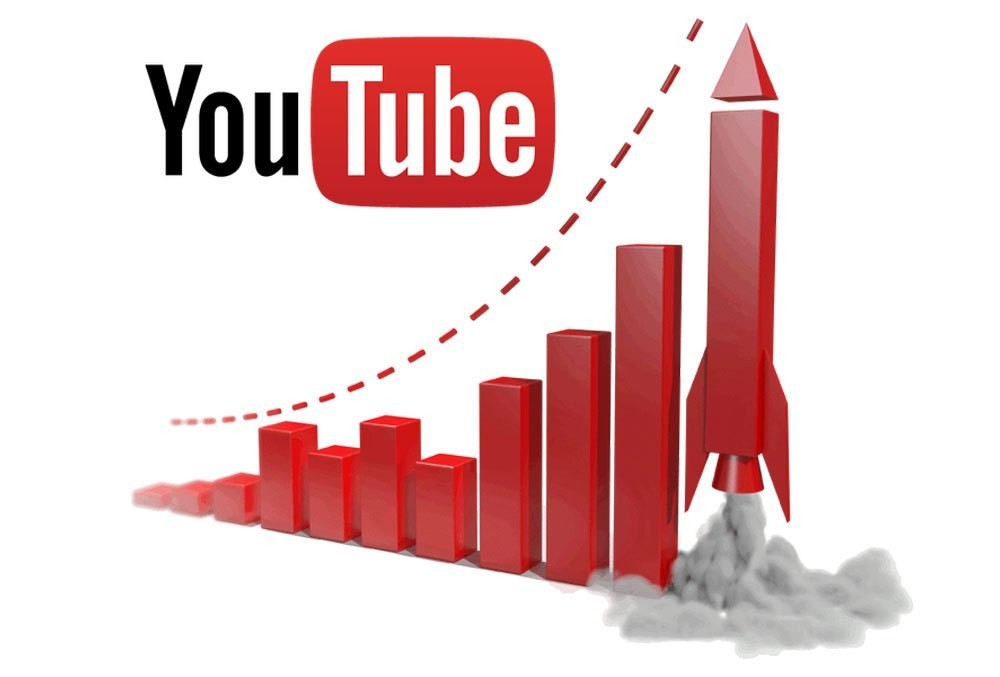YouTube has revolutionized the way music is consumed, allowing artists to reach global audiences with just one upload. But how significant are YouTube views when it comes to chart success? With music charts evolving to include digital streaming metrics, video plays on platforms like YouTube now contribute to rankings on major charts such as the Billboard Hot 100 and the UK Singles Chart. However, while high view counts can generate buzz, they do not always guarantee a No. 1 hit. Factors such as paid promotions, audience engagement, and cross-platform streaming play critical roles.
Understanding the weight of YouTube views in chart calculations is essential for artists, music marketers, and industry professionals. Let’s explore the impact of YouTube views on chart performance and how artists can leverage the platform for greater success.
1. How YouTube Views Influence Chart Rankings
YouTube views became an official metric in chart calculations in 2013 when Billboard began including them in the Hot 100 rankings. The rationale was simple: YouTube was driving viral music consumption, and ignoring its influence would be overlooking a key avenue of music discovery.
Billboard’s methodology considers official music video views, user-generated content featuring the song, and premium YouTube streams. However, not all views are weighted equally—paid ads or autoplay videos do not contribute significantly. The UK’s Official Charts Company also integrates YouTube data but prioritizes paid streams from services like Spotify and Apple Music over free video views.
Despite these inclusions, YouTube alone cannot secure chart dominance. A viral video can catapult a song into visibility, but sustained streaming and sales across multiple platforms remain essential for maintaining high rankings.
2. The Impact of Virality and Audience Engagement
Virality plays a crucial role in pushing songs up the charts, and YouTube is a major driver of viral trends. A catchy music video, a meme-worthy dance challenge, or a collaboration with popular influencers can exponentially increase YouTube views and, in turn, impact chart performance.
However, engagement is as important as raw view counts. Metrics such as watch time, likes, comments, and shares indicate a deeper level of listener investment, signaling to chart compilers that a song has cultural relevance. Songs that spark trends on platforms like TikTok often see their YouTube numbers skyrocket, further fueling their chart position.
Still, virality can be fleeting. Many artists experience a short-lived YouTube explosion without long-term success, emphasizing the need for a broader marketing strategy that extends beyond just video views.

3. Cross-Platform Streaming and Chart Success
While YouTube is a powerful tool, it works best in combination with other streaming platforms. Charts like Billboard Hot 100 and the UK Singles Chart assign greater weight to paid streams from platforms such as Spotify and Apple Music. YouTube’s contribution, although valuable, is often secondary to on-demand audio streams.
For an artist to truly dominate the charts, their YouTube success must translate into streams on platforms that prioritize revenue generation. This is why many record labels push multi-platform strategies, encouraging fans to stream on Spotify, Apple Music, and Amazon Music in addition to watching on YouTube.
The synergy between YouTube and other streaming services is crucial. A hit song that is trending on YouTube but lacks traction on Spotify may struggle to secure a lasting position on the charts. Therefore, while high YouTube views are beneficial, they should not be the sole focus for artists aiming for chart success.

4. Monetization vs. Chart Impact
One of the key distinctions between YouTube and other streaming platforms is monetization. While platforms like Spotify and Apple Music operate on subscription models that pay artists per stream, YouTube relies heavily on ad revenue. This means that even if a song amasses millions of views, its financial return may not match that of paid streaming services.
From a chart perspective, YouTube’s free-access model means it generates massive exposure but does not necessarily convert into strong chart performance. YouTube views must lead to other monetizable actions—such as increased streams on premium platforms, digital sales, and live performance ticket sales—for an artist to fully capitalize on their online presence.
Thus, while YouTube remains an essential promotional tool, artists and industry professionals must balance it with strategies that drive engagement and revenue across multiple platforms.


